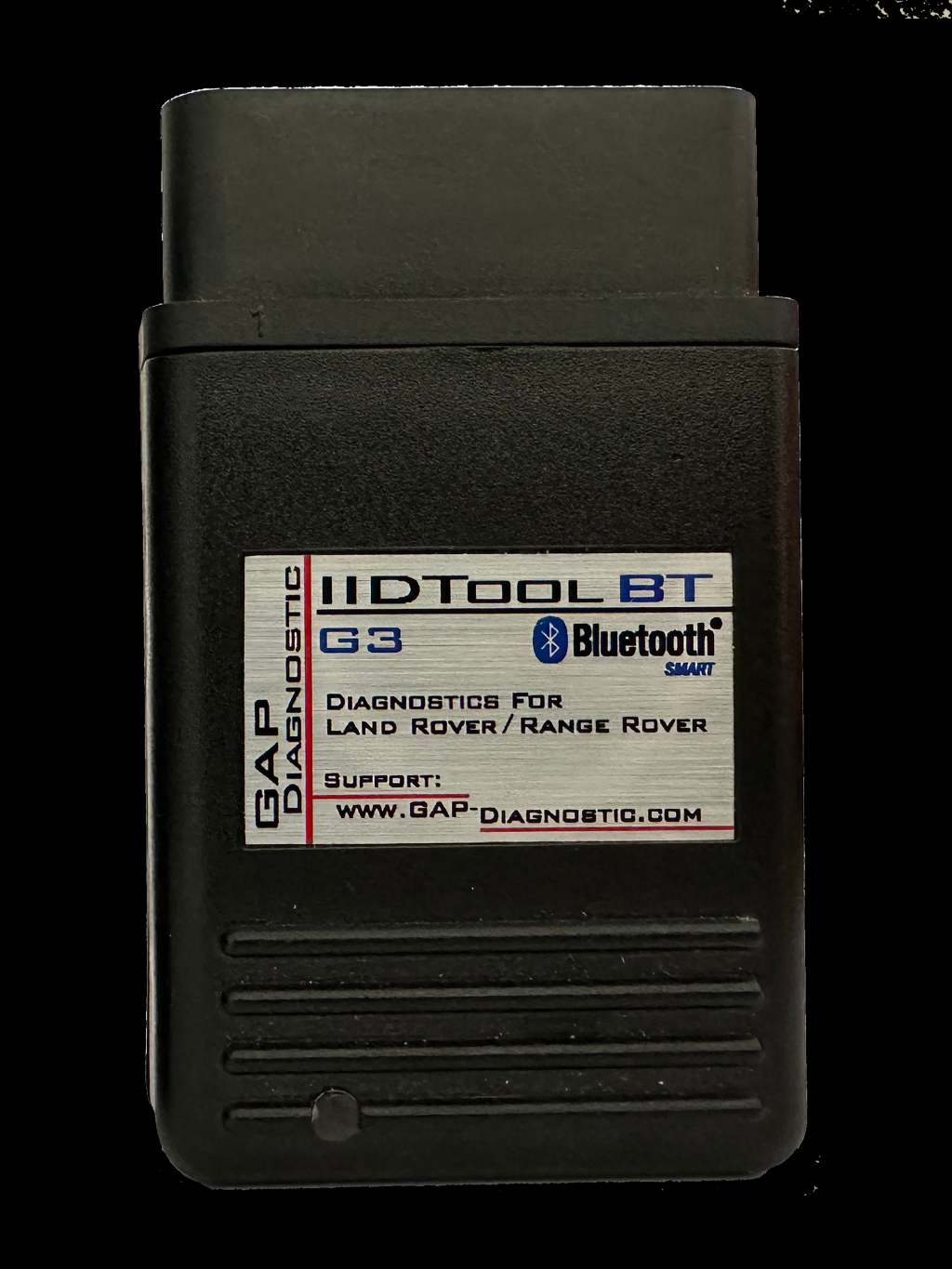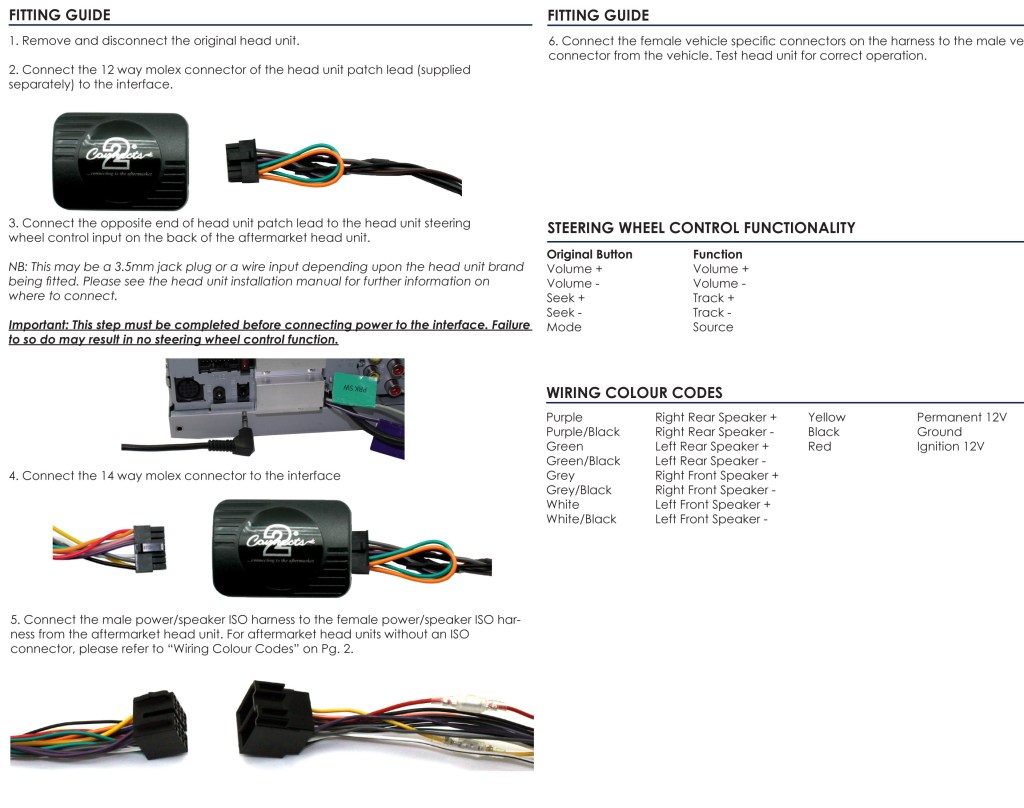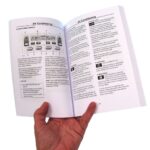Master Your Exploration With Manual Control Interface Rover – Take Command Now!
Manual Control Interface Rover: A Comprehensive Review
Introduction
Rover is a brand that has been synonymous with luxury and adventure for decades. The automaker has been known for producing top-of-the-line SUVs that are stylish, powerful, and reliable. One of the most important aspects of any vehicle is its manual control interface, and Rover doesn’t disappoint in this department. In this article, we will be taking a closer look at the manual control interface of Rover vehicles, discussing its features, benefits, and specifications.
What is the Manual Control Interface of Rover?
The manual control interface of Rover is the system that allows the driver to control various aspects of the vehicle, such as the air conditioning, radio, and GPS system. It is essentially the dashboard of the car and is designed to make it easy for the driver to access and control the vehicle’s various functions.
3 Picture Gallery: Master Your Exploration With Manual Control Interface Rover – Take Command Now!



Who Needs the Manual Control Interface of Rover?
Anyone who owns a Rover vehicle will need to use the manual control interface. It is essential for controlling the vehicle’s various systems and functions, and without it, the driver would be unable to adjust the air conditioning, change the radio station, or enter a destination into the GPS system.
When and Where Can the Manual Control Interface of Rover be Used?

Image Source: pac-audio.com
The manual control interface of Rover can be used at any time while the vehicle is in operation. It is located on the dashboard of the car, and the driver can access it while seated in the driver’s seat. The interface is designed to be user-friendly and easy to operate, making it ideal for use in all driving conditions.
Why is the Manual Control Interface of Rover Important?
The manual control interface of Rover is important because it allows the driver to control various aspects of the vehicle’s operation. Without it, the driver would be unable to adjust the air conditioning, change the radio station, or program the GPS system. The interface is designed to be easy to use and intuitive, making it easy for the driver to operate the vehicle’s various systems and functions.
How Does the Manual Control Interface of Rover Work?
The manual control interface of Rover works by allowing the driver to use various buttons and knobs to control the vehicle’s various systems and functions. For example, the air conditioning can be adjusted by turning a knob, while the radio can be tuned by pressing buttons. The GPS system can be programmed by using a touch screen interface.
FAQs about the Manual Control Interface of Rover

Image Source: expedition-parts.de
What are the different systems that can be controlled using the manual control interface of Rover?
The manual control interface of Rover allows the driver to control various systems, including the air conditioning, radio, GPS system, and much more.
Is the manual control interface of Rover easy to use?
Yes, the manual control interface of Rover is designed to be user-friendly and easy to use. It is intuitive and easy to navigate, making it ideal for use in all driving conditions.
Can the manual control interface of Rover be customized?

Image Source: dynamicsounds.co.uk
Yes, the manual control interface of Rover can be customized to suit the driver’s preferences. Buttons and knobs can be programmed to control specific functions, and the interface can be personalized with different backgrounds and colors.
Model and System
The manual control interface of Rover is available on all Rover models, including the Range Rover, Range Rover Sport, and Discovery. The system is designed to be user-friendly and easy to use, with a touch-screen interface that makes it easy to navigate and control.
Seating Capacity and Features
Rover vehicles come with a range of seating capacities, depending on the model. The Range Rover, for example, can seat up to five passengers, while the Range Rover Sport can seat up to seven. Features include leather seats, heated front seats, and power-adjustable front seats.
Controls and Instruments
The controls and instruments in Rover vehicles are designed to be easy to use, with large buttons and knobs that are easy to find and operate. The instrument cluster is easy to read, with bright LED lighting that makes it easy to see in all lighting conditions.
Interior and Instructions
The interior of Rover vehicles is luxurious and well-appointed, with premium materials and finishes that give the vehicle an upscale feel. Instructions for using the manual control interface are provided in the owner’s manual, which is included with the vehicle.
Service, Repair, and Facilities
Rover vehicles are designed to be reliable and long-lasting, with a range of service and repair facilities available to owners. Dealerships offer maintenance and repair services, and there are also independent mechanics who specialize in servicing Rover vehicles.
Accessibility and Technologies
The manual control interface of Rover is designed to be accessible to all drivers, with large buttons and knobs that are easy to operate. The system also includes a range of advanced technologies, such as a touch-screen interface and voice-activated controls.
Functions and Benefits
The manual control interface of Rover provides a range of functions that make it easy for drivers to control the vehicle’s various systems and functions. Benefits include ease of use, intuitive navigation, and advanced features that make it ideal for use in all driving conditions.
Specifications and Capabilities
The manual control interface of Rover is designed to meet the highest specifications, with advanced technologies and intuitive controls that make it easy to operate. The system is capable of controlling a range of functions, including the air conditioning, radio, and GPS system.
Engine Options and Transmission Types
Rover vehicles come with a range of engine options and transmission types, depending on the model. Engines range from a 2.0-liter turbocharged four-cylinder to a 5.0-liter supercharged V8, while transmissions range from an eight-speed automatic to a nine-speed automatic.
Chassis Design and Dimensions
Rover vehicles are built with a robust chassis design that is designed to withstand the rigors of off-road driving. Dimensions vary depending on the model, with the Range Rover measuring 196.9 inches in length, the Range Rover Sport measuring 192.1 inches, and the Discovery measuring 195.6 inches.
Safety and Instrument
Rover vehicles are equipped with a range of safety features, including advanced airbags, anti-lock brakes, and stability control. The instrument cluster includes a range of warning lights and gauges that provide the driver with important information about the vehicle’s operation.
Available Trims and Pros and Cons
Rover vehicles are available in a range of trims, each with its own unique features and capabilities. Pros of owning a Rover vehicle include luxury, reliability, and off-road capabilities, while cons include high cost and limited fuel economy.
Conclusion
The manual control interface of Rover is an essential component of the vehicle, providing drivers with an intuitive and easy-to-use system for controlling the vehicle’s various systems and functions. With its advanced technologies, luxurious interior, and robust chassis design, Rover vehicles are an excellent choice for anyone looking for a reliable and capable SUV.
This post topic: Manual



